As with many types of pests in Augusta, it is important to spot the signs of a carpenter ant infestation early. Unlike most household ant varieties that are merely nuisances, carpenter ants pose a much greater risk to the health and safety of your household. Knowing what to look for might just be the difference between a solvable problem and irreversible damage.
Telling Carpenter Ants From Regular Ants
How does the concerned homeowner tell carpenter ants from other common home-invading ants? Behavior is the biggest determiner, but there are some physical characteristics that can set them apart:
- Size : While all ants are tiny compared to humans, carpenter ants often grow bigger than other species, with black ants or pavement ants being about half the size. Carpenter ant workers, the ones most likely to be seen, often grow to around 12 mm in length.
- Shape : Without other ant types around to compare, the size isn’t likely to be enough to determine if the bug you’re looking at is a carpenter ant. The surest way is to spot the heart-shaped heads of carpenter ants, a trait unique to the species.
- Behavior : You’re more likely to spot the signs of carpenter ants than the insects themselves. Look for small, round holes in wall panels or other wood materials around the home. Dust-like frass left around is another sign of these wood-boring creatures.
A Double Threat
Since carpenter ants bore into household woods, they pose a greater threat to your home’s structural stability and can cause irreversible damage to furniture, porches and other features of your home. They don’t eat wood, however, meaning they also pose the same risks as other ants in contaminating food sources as they forage around your home. As bugs root around in dirty places like garbage and on dirty floors, they can track germs all over the surfaces that we eat off of or prepare food on.
Spotting The Signs Of An Infestation
Since so much of their activity happens out of sight, carpenter ant infestations often aren’t apparent to homeowners until it’s too late. Spotting the signs of an infestation early will save you money by limiting the damage these pests can cause:
- Holes : Carpenter ants bore small, near-perfectly round holes into wood to make nesting grounds and pathways. Finding these holes, or the sawdust (frass) left behind, is a good indication that an infestation has taken hold.
- Warped woods : As ants bore through wood, the surfaces of the materials warp and buckle with the changing surface tension. This can result in tight-fitting door and window frames or bulging panels on floors and walls.
- Winged ants : This time of year especially, reproductive members of ant populations leave their hiding spots and look for new spots to start new colonies. Seeing these winged queens and kings emerging from vents or flying anywhere inside or around the exterior of your home means that a population has either already taken hold or is about to.
Professional Help For Hazardous Pest Problems
With the stakes so high for catching the early signs of a carpenter ant infestation, it’s important to catch the signs. The trained professionals at Bug Busterzzz know what to look for -- and all the places to look. Not only can a trained pair of eyes tell you if an infestation is forming, but a pest technician can inform you about further prevention measures to make sure your home isn’t attractive to dangerous pests. If you notice the signs of an infestation on your own, don’t bother with unproven DIY solutions that might not fully eradicate the problem.
It’s better to be safe than sorry, so contact the pros at Bug Busterzzz for complete carpenter ant control.

